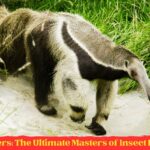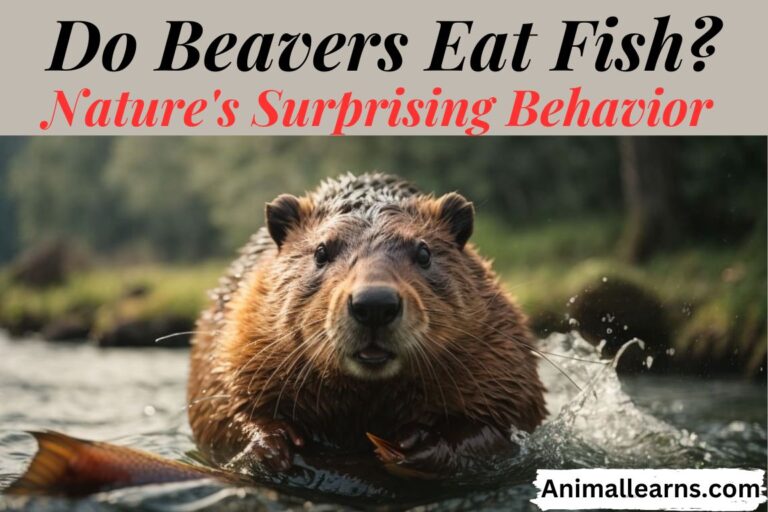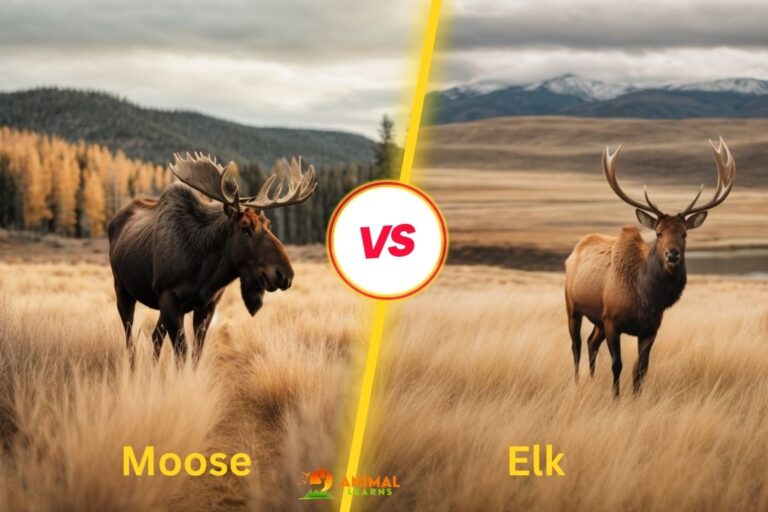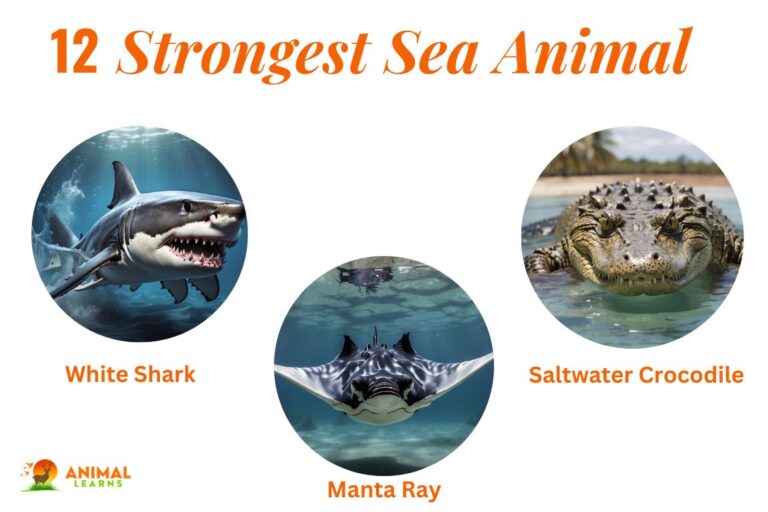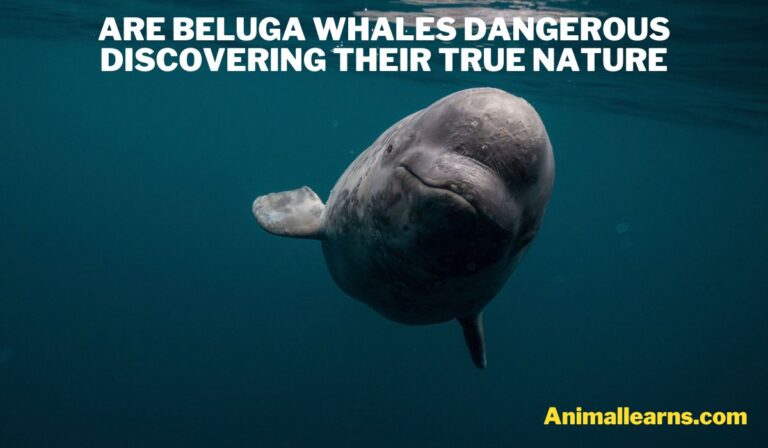Fascinating Anteaters Types, Habitat & Distribution

In this post, we will discuss Anteaters types, Habitats, characteristics, distribution, Behaviour, and lifestyle. If the termites have odd friends, they have even weirder foes. This is a giant Anteater.
Anteaters are unique animals distinguished by their unusual diet of termites and ants. But these oddball animals have little lips devoid of teeth! Anteaters use their long, thin tongues and elongated, tube-like snouts to take in food.
Anteaters utilize their small, flexible tongues to suck up their preferred tiny insects, which are coated with a unique sticky spit. Anteaters really fall under the suborder Vermilingua, which literally translates to “worm tongue”!
Large claws on their front paws also aid anteaters in their ability to burrow into insect nests. They cautiously break in for meals, but they don’t entirely demolish the nests; instead, they leave the colony to reorganize. But that doesn’t mean they don’t have an impact on the amount of insects in the colony; in fact, each individual anteater may devour thousands of insects in a single day!
Anteaters Types:
Contents
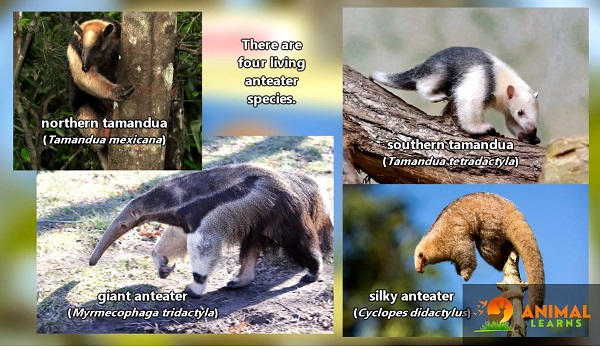
Anteaters are amazing animals that come in different shapes and sizes. Here are the main types of anteaters:
- Giant Anteater: This is the biggest and most famous anteater. It has a long nose and a fluffy tail. It has a black stripe on its white fur. It loves to eat ants and termites.
- Tamandua: This is a medium-sized anteater that lives in Central and South America. It has two types, the southern tamandua and the northern tamandua. It has a tail that can grab things. It likes to climb trees and eat ants, termites, and some fruits.
- Silky Anteater: This is the smallest and cutest anteater. It has soft, silky fur. It mostly eats ants, termites, and small bugs. It lives in Central and South America, on the tops of rainforest trees.
- Northern Tamandua: This is a type of tamandua that has pale fur with a black stripe on its back. It lives in Central America and northern South America. It mainly eats ants and termites.
These anteaters are different from each other, but they all have something in common: they love to eat ants and termites. They are important for their ecosystems because they help control insect populations.
Habitat And Distribution of Anteaters
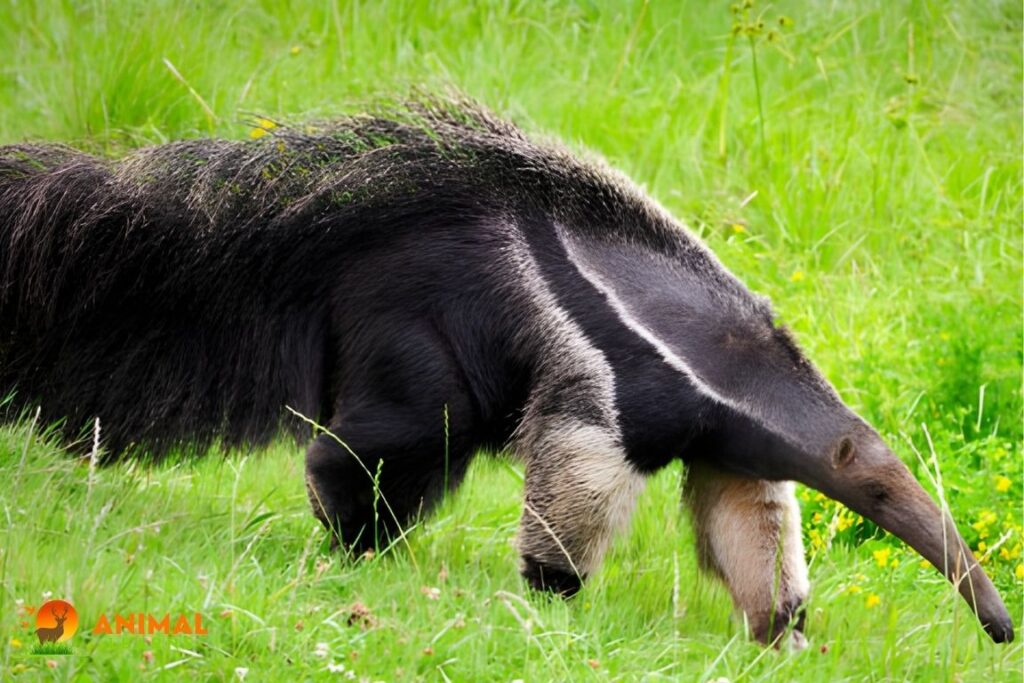
Anteaters are amazing animals that live in different places and like different environments. Here’s some information about where they live and what they like:
Habitat:
Tropical Rainforests
Anteaters love rainforests, where they can find lots of plants and insects to eat. They can hide in the trees and enjoy the warm weather.
Grasslands
Some anteaters, like the giant anteater, also live in grasslands and savannas. They can find plenty of ants and termites in the ground and use their long noses to sniff them out.
Forests:
Anteaters can adapt to different kinds of forests, both hot and cold. They can climb trees or dig holes to find their food.
Swamps and Wetlands:
Some anteaters, like the silky anteater, like to live in wet places. They can swim and dive to catch insects in the water.
Distribution:
Central and South America
Most anteaters types are from Central and South America. They are very common in countries like Brazil, Venezuela, and Colombia, which have a lot of rainforests.
Southern United States
The northernmost place where you can find anteaters is in parts of southern Texas and Arizona in the United States.
Africa
There is one animal in Africa that looks like an anteater, but it’s not. It’s called the pangolin, or the “scaly anteater”. It has scales instead of fur, but it also eats ants and termites.
Australia
There is another animal in Australia that looks like an anteater, but it’s not. It’s called the numbat, or the “banded anteater”. It’s a marsupial, which means it has a pouch for its babies. It also eats termites.
Islands
Some anteaters also live on islands near their main habitats. They have adapted to the special conditions of these islands.
Variable Species Range
Not all anteaters live in the same places. Some have smaller ranges and others have bigger ranges.
Anteaters are important for their ecosystems because they help control insect populations. But some anteaters are in danger because of humans. Humans can destroy their homes, hit them with cars, or capture them for illegal trade. We need to protect anteaters and their habitats.
Characteristics
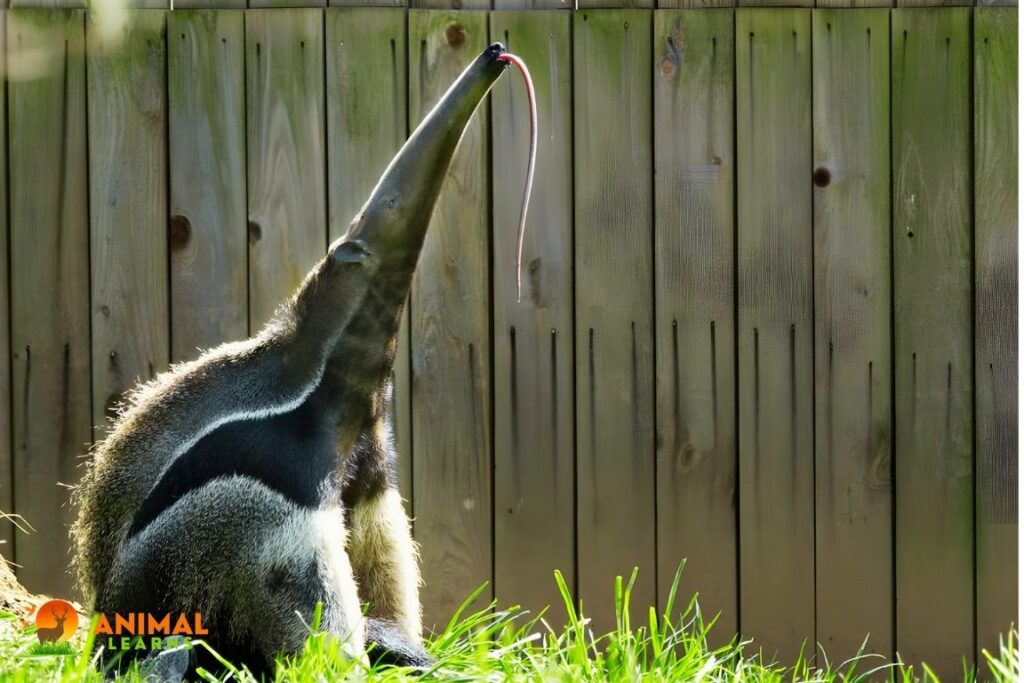
Anteaters are amazing animals that have some special features that help them eat insects. Here are some of their cool characteristics:
- They have long, narrow mouths and sticky tongues that are perfect for catching ants and termites.
- They don’t have any teeth, but they use their strong tongues and jaws to crush and swallow their prey.
- They have very long tongues, sometimes longer than their heads. They can stick them out very far and reach deep into insect nests.
- They are night owls, meaning they sleep during the day and stay awake at night. This helps them avoid the heat and the predators that hunt them.
- They have sharp, curved claws on their front feet. They use them to dig into the hard soil and break open the nests of ants and termites.
- They have bodies that are shaped for their insect-eating lifestyle. They have sloping backs and walk on their knuckles to keep their claws sharp.
- They come in different sizes, from the giant anteater which can be as long as 7 feet to the silky anteater which is very small. The size of the anteater depends on the species.
- They don’t have many babies, usually one at a time. The baby anteaters are called pups, and they need their mothers to take care of them until they grow up.
- They live in different places, but they like tropical rainforests the best. They can find lots of ants and termites there, and they can hide in the trees.
- They are not very social animals. They like to live alone and only meet other anteaters when they want to mate. They mark their territories with their scent to keep other anteaters away.
- Some anteaters are in danger because of humans. Humans can destroy their homes, hit them with cars, or capture them for illegal trade. We need to protect anteaters and their habitats.
Anteaters are incredible animals that have adapted to their environments and learned to cope with their enemies. They are experts in eating ants and termites, and they play an important role in their ecosystems.
Behavior And Lifestyle
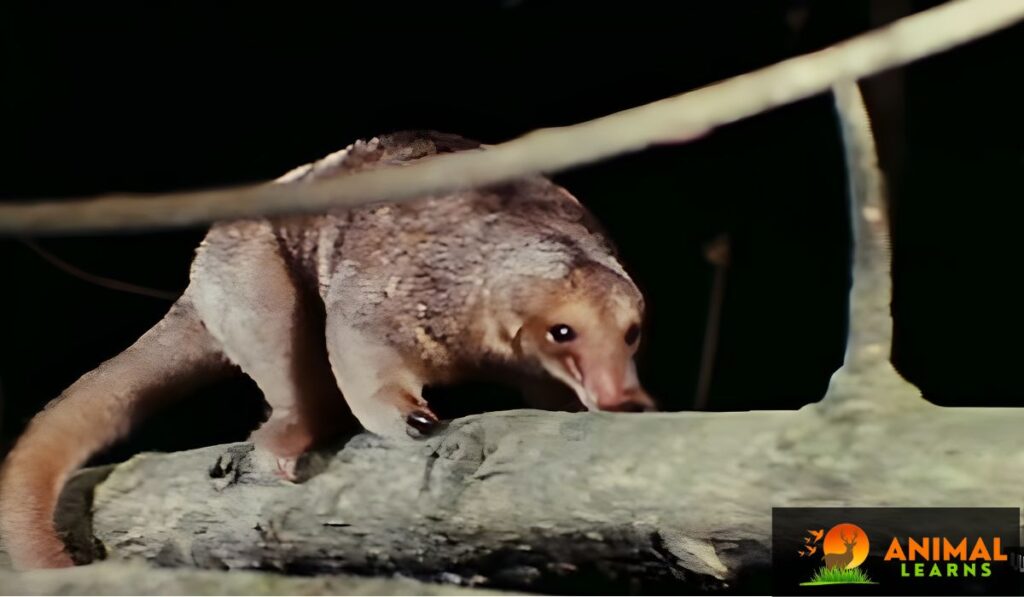
Anteaters are amazing animals that have some special habits and ways of living. Here’s some information about how they behave and live:
- Night Time: Many anteaters like to stay up at night and sleep during the day. This helps them avoid the heat and the animals that want to eat them.
- Loners: Anteaters are not very social animals. They like to live alone and only meet other anteaters when they want to mate. They mark their areas with their scent to keep other anteaters away.
- Protective: Anteaters are very protective of their areas. They don’t like other anteaters to come into their space, and they will fight them off if they do.
- Knuckle-Walking: Anteaters have a unique way of walking; they walk on their knuckles to protect their sharp claws. This helps them keep their claws sharp for digging into ant and termite nests.
- Sounds: Anteaters are usually quiet animals, but they can make some sounds, like hisses and growls, when they are angry or scared.
- What They Eat: Anteaters love to eat ants and termites. They use their long noses to smell where the insects are. Their long tongues, which can be longer than their heads, are good at getting insects out of their nests.
- Baby Anteaters: Anteaters don’t have many babies, usually one at a time. The baby anteaters are called pups, and they need their mothers to take care of them until they grow up.
- Where They Live: Anteaters live in different places, but they like rainforests the best. They can find lots of ants and termites there, and they can hide in the trees.
- Threats: Some anteaters are in danger because of humans. Humans can destroy their homes, hit them with cars, or capture them for illegal trade. We need to protect anteaters and their habitats.
Anteaters are incredible animals that have adapted to their environments and learned to cope with their enemies. They have some special habits and ways of living that make them stand out from other animals.
Anteaters: Fascinating Mammals with Unique Adaptations
Anteaters are intriguing mammals known for their distinctive adaptations. While they are indeed mammals, they possess some unusual features. Unlike typical mammals, anteaters are edentate animals, meaning they lack teeth. Instead, they rely on their muscular tongues and strong jaws to capture and consume their prey, which primarily consists of ants and termites.
Their long, sticky tongues allow them to delve deep into insect nests, showcasing their specialized adaptations for their insectivorous lifestyle.
Anteaters and Conservation: A Glimpse into Their Endangered Status
Anteaters, despite their captivating characteristics, face significant conservation challenges. Several Anteaters types are listed as vulnerable or endangered due to various factors such as habitat loss, roadkill incidents, and illegal pet trade. This poses a threat to their populations, making it crucial to prioritize their conservation.
Initiatives are underway to protect these unique creatures and their ecosystems, highlighting the importance of preserving the diverse wildlife that shares our planet.
FAQs
How do anteaters defend themselves from predators?
Anteaters rely on their powerful claws to defend themselves from predators. When threatened, they can stand on their hind legs and use their sharp front claws as weapons.
What role do anteaters play in their ecosystems?
Anteaters are crucial in controlling ant and termite populations, which helps maintain the balance of their ecosystems. Their feeding habits prevent the overpopulation of these insects.
How do anteaters communicate with each other?
Anteaters primarily communicate through non-vocal means, such as scent markings and body language. They use scent markings to establish and defend territories.
Are anteaters good climbers?
While they are primarily ground-dwellers, some anteater species, like the silky anteater, are skilled climbers and can navigate trees and vines in search of prey.
What are the main threats to anteater populations in the wild?
The main threats to anteater populations include habitat destruction due to deforestation, roadkill incidents, and illegal trade as exotic pets. These factors contribute to their vulnerability in the wild.

